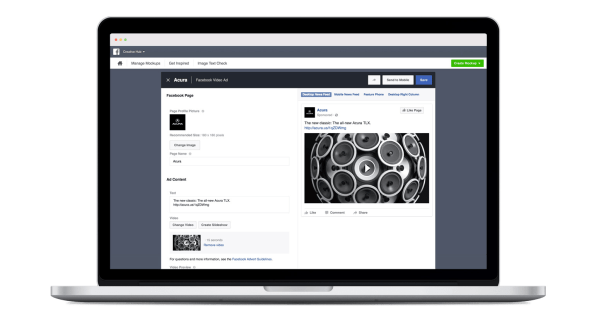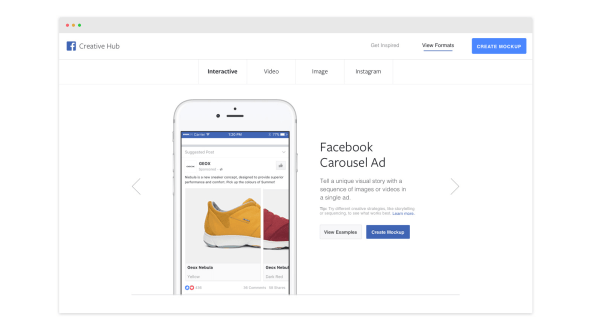Certain weather conditions get better consumer responses to mobile marketing efforts.
By MediaStreet Staff Writers
Many factors impact digital marketing and online advertising strategy. And now, a new Chinese study provides insight to a growing trend among firms and big brands … weather-based advertising. According to the study, certain weather conditions get better consumer responses to mobile marketing efforts, Also, the tone of your ad content can either help or hurt your marketing efforts, depending on the current local weather.
In the U.S. this is far more advanced than in Europe. Over the pond, many major brands – including Burberry, Ace Hardware, Taco Bell, Delta Airlines, and Farmers Insurance – are currently leveraging weather-based promotions. More than 200 others have partnered with the Weather Channel Company for targeted advertising and promotions.
The study, “Sunny, Rainy, and Cloudy with a Chance of Mobile Promotion Effectiveness,” was conducted by boffins at Beihang University, Temple University, Fudan University, and Zhejiang University. The authors examined field experiment datasets with mobile platforms (SMS and APP) on two digital products (video-streaming and e-book reading) on over six million mobile users in 344 cities across China. They simultaneously tracked weather conditions at both daily and hourly rates across these cities, with a focus on sunny, cloudy and rainy weather.
 The authors found that overall, consumer response to mobile promotions was 1.2 times higher and occurred 73 percent faster in sunny weather than in cloudy weather. However, during raining conditions, that response was .9 times lower and 59 percent slower than during cloudy weather. Better-than-yesterday weather and better-than-forecast weather engender more purchase responses. A good deviation from the expected rainy or cloudy weather with relatively rare events of sunshine significantly boosts purchase responses to mobile promotions. In addition, compared with a neutral tone, the negative tone of prevention ad content hurts the initial promotion boost induced by sunshine, but improves the initial promotion drop induced by rainfall.
The authors found that overall, consumer response to mobile promotions was 1.2 times higher and occurred 73 percent faster in sunny weather than in cloudy weather. However, during raining conditions, that response was .9 times lower and 59 percent slower than during cloudy weather. Better-than-yesterday weather and better-than-forecast weather engender more purchase responses. A good deviation from the expected rainy or cloudy weather with relatively rare events of sunshine significantly boosts purchase responses to mobile promotions. In addition, compared with a neutral tone, the negative tone of prevention ad content hurts the initial promotion boost induced by sunshine, but improves the initial promotion drop induced by rainfall.
The authors also ruled out the possibility that the results could arise purely because of different mobile usage behaviours during different weather conditions. Their results also took into account the effects of individual locations, temperature, humidity, visibility, air pressure, dew point, wind, and time of day.
“Obviously, although brand managers cannot control the mother-nature weather, our findings are non-trivial because they suggest that brands can leverage the relevant, local weather information in mobile promotions. Firms should use the prevention-tone ad copy on rainy days and the simple neutral-tone ad copy on sunny days to attain greater bang for the buck,” said Chenxi Li of Beihang University.
“Given that consumers nowadays are inundated with and annoyed by irrelevant ads on their personal mobile devices and small screens, for marketers, these findings imply new opportunities of customer data analytics for more effective weather-based mobile targeting,” added Xueming Luo of Temple University.
The full study can be found here.




